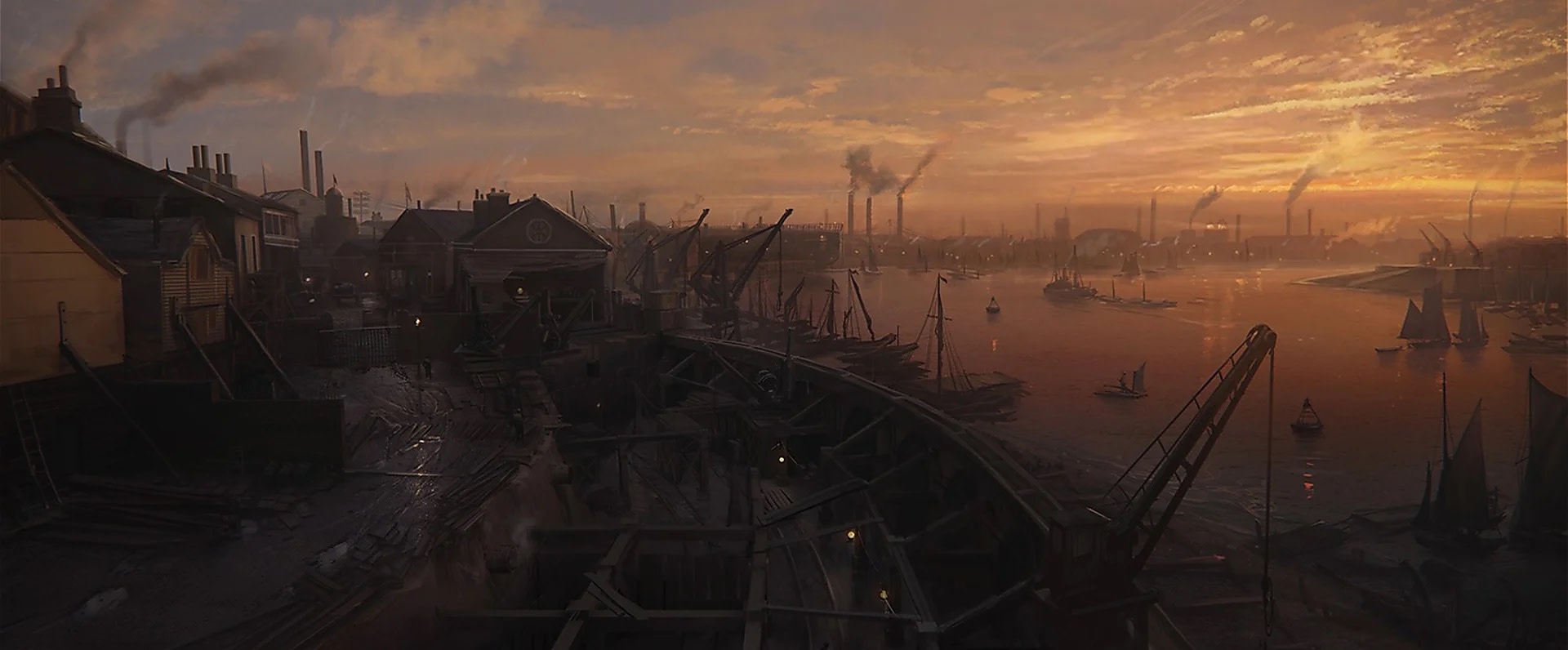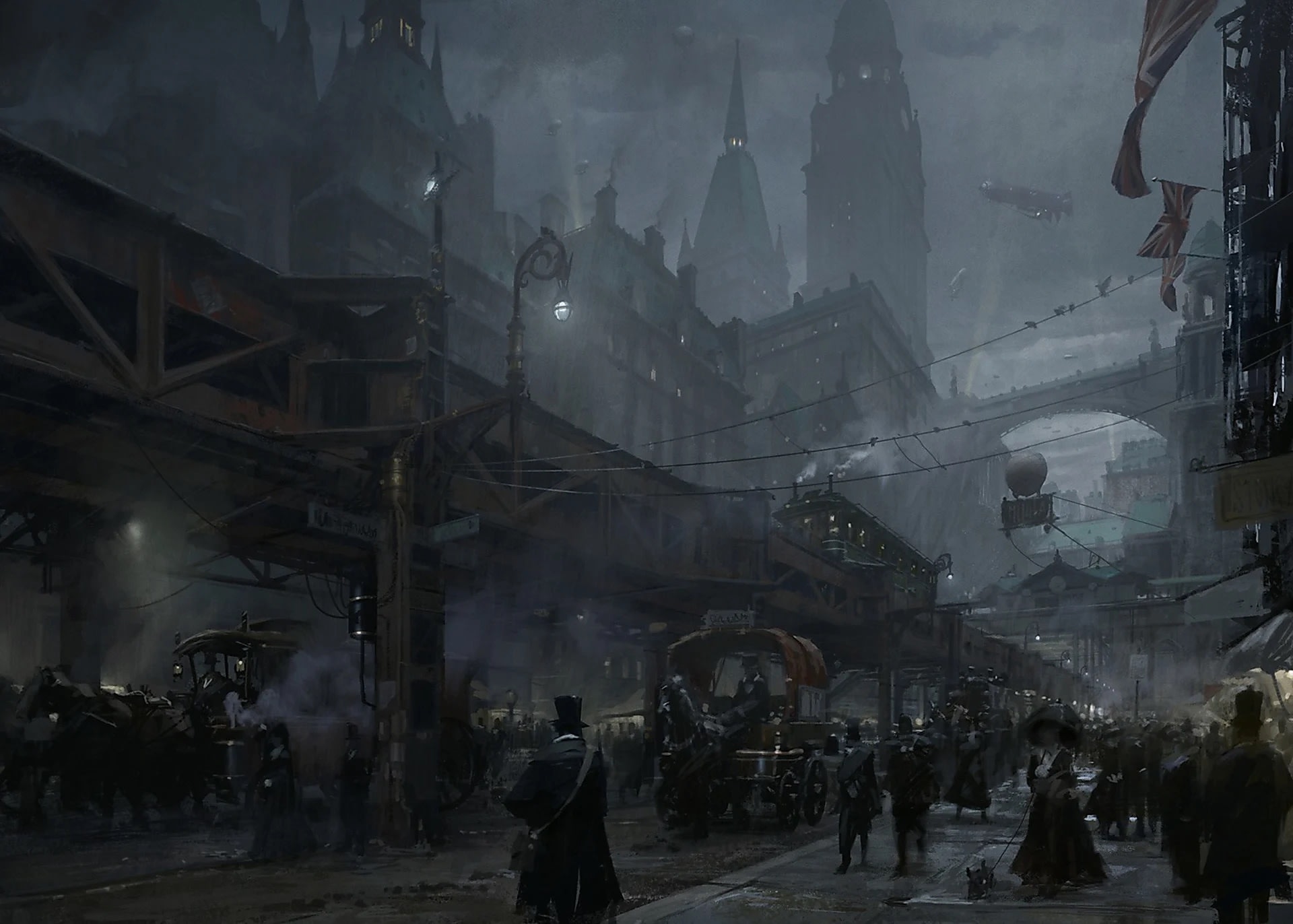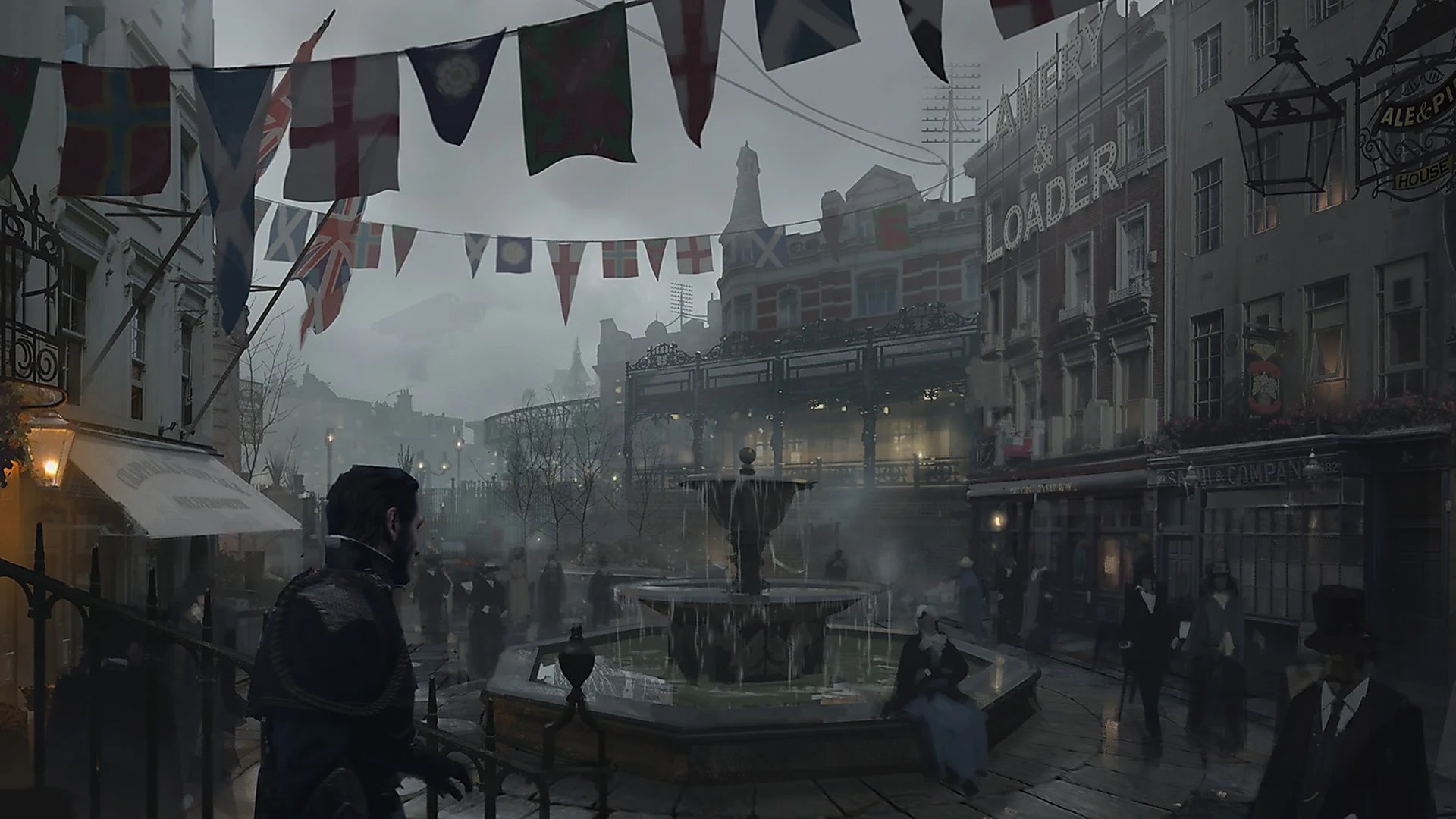Studio Ready at Dawn's PlayStation4 title was judged harshly. Reviewers across the board skimmed over the game's themes and looks, and complained heavily about the large number of cinematics, the limited duration of the single-layer campaign, the lack of a weapon wheel, or all of the above. Yeah, the setting was interesting-looking, most reviewers told their audience, but in lieu of a multiplayer the game was written off for game of the year, to put it mildly.

article
The timeless art of The Order: 1886
Visually, few games stand the test of time as well as The Order: 1886.
Arjan Terpstra
12 Jul 2022 ⋅ 6 min read
Studio Ready at Dawn's PlayStation4 title was judged harshly. Reviewers across the board skimmed over the game's themes and looks, and complained heavily about the large number of cinematics, the limited duration of the single-layer campaign, the lack of a weapon wheel, or all of the above. Yeah, the setting was interesting-looking, most reviewers told their audience, but in lieu of a multiplayer the game was written off for game of the year, to put it mildly.
Concept art for The Order: 1886, showing a construction site near the Thames. Image available as fine art print here.
Form over function
Looking backward, you feel some of these words tell you more about the mindset of video game reviewers than about the actual game. "It's form over function," one pundit wrote, summing up the sentiment at the time, but also hinting at an alternate critical approach without being aware of it.
Judge the game by its length, multiplayer options or mechanics, and perhaps you come to the same conclusion as the reviewers. But judge the title for its fascinating aesthetic, historical wit, artistic merit, and technical aspirations, and The Order: 1886 is a different beast from what the reviewers want you to believe.
Concept art for The Order: 1886. Available as quality art print "Alternate London" through this link.
Alternate steampunk
The game oozes with stylistic flair as it sets up its story. The Order: 1886 has Victorian London as a setting, a Dickensian stage that by itself would yield enough foggy mystery for an entertaining video game.
But the team at Ready at Dawn had a larger story to tell, and that's what makes the game truly interesting—as a STORY and a visually attractive proposition, that is. First there's the alternate Steampunk (or rather "Electropunk") history. The 1886 London in the game has electricity, combustion engines and air ships, preceding actual technical advancements by decades.
"Mayfair" is official concept art for the game The Order: 1886. An officially licensed art print of this image is available through this website. See this link for details.
Art movements
This setup leads to an entertaining story of good versus evil, that takes pointers from legend and history, only to bend them into a new shape. Victorian London was a cauldron of exciting new ideas, a human maelstrom that birthed ideologies, art movements, and half-arsed scientific beliefs that led exactly nowhere. It's the era both of Marx' Communist Manifesto and Ruskin's Arts and Crafts movement, and both of HG Wells' epic sci-fi novel War of the Worlds and wool Jaeger underwear—being a Victorian Londoner must have tickled in all the wrong places.
Ready at Dawn carefully took notes about these things while researching the game, and used this heady intellectual atmosphere to its advantage: weapons are all about "could have been" if some crazy engineer would have coupled guns with electricity in the 1880s.
"River Thames Panorama", official concept art for The Order: 1886 by studio Ready at Dawn. Available as art print from this gallery. See this page for details!
Alt-history
To find the right clothes for the game's characters, Ready at Dawn hired professional film costumers to dress up for them, for fashion photo shoots where models donned period costumes. The resulting images formed the groundwork for development of garments: when the game showed a soldiers' uniform, it would be different from actual uniforms, but it would definitely have the same type of cut, manner of stitches, the same fabrics, et cetera.
This created an appealing aesthetic that does justice to the "alt-history" theme. An aesthetic that was further improved by the way the in-game camera works. The tech team painstakingly re-created a "camera" that emulates the characteristics of a physical movie camera, simulating things like lens-flare, film grain, a filmic depth of field and lighting, and lens distortion.
None of these techniques are in any way required when you build a video game, but Ready at Dawn's Creative Director Ru Weerasuriya would defend his decision in every interview. The reason to bring a "real camera" to a digital production, Weerasuriya said, is "because of how we see films. They use a specific lens, a specific lens flare, and distortion of the screen we as viewers are used to. [We] wanted to emulate that, out of spite the tech for games wasn't there yet."
"Whitechapel Courtyard" is official concept art for The Order: 1886. Available in this store, please check this page for details on the art print.
Imperfection
He continued in another interview. "This also holds for the imperfections of movie screen views—people are accustomed to it, and so point out if something is too clear. "Imperfection makes things real" in a viewers' mind. Games have a tendency to sometimes be too clean and crisp. We thrive in dirt. We just love the fact that The Order: 1886 feels dirty."
To casual observers, Weerasuriya's remarks may seem trivial, but they hint at something elemental: movies set our expectations for how things look on a screen, and games have to toe the line. In extension, movies also define the overall aesthetic of a screened story: what we perceive as "realistic" in a movie is the benchmark for what we feel is "real" in a game.
London's Regent Street, or the alternate take on Regent Street as envisioned by the team at Ready at Dawn. Available as fine art print on this website. Visit this page for details.
Ready at Dawn took these insights, and turned them on their head by making games look "as realistic" as movies, building a "dirty" camera to embrace the "realism" of the story they were telling. Never mind the absence of a multiplayer, the overkill in cut-scenes, or any other flaw in The Order: 1886. The game succeeded where others failed: giving us an experience that is on par with the best movies, in a visual sense.
For that, we forgive Ready at Dawn the absence of a weapon wheel.




